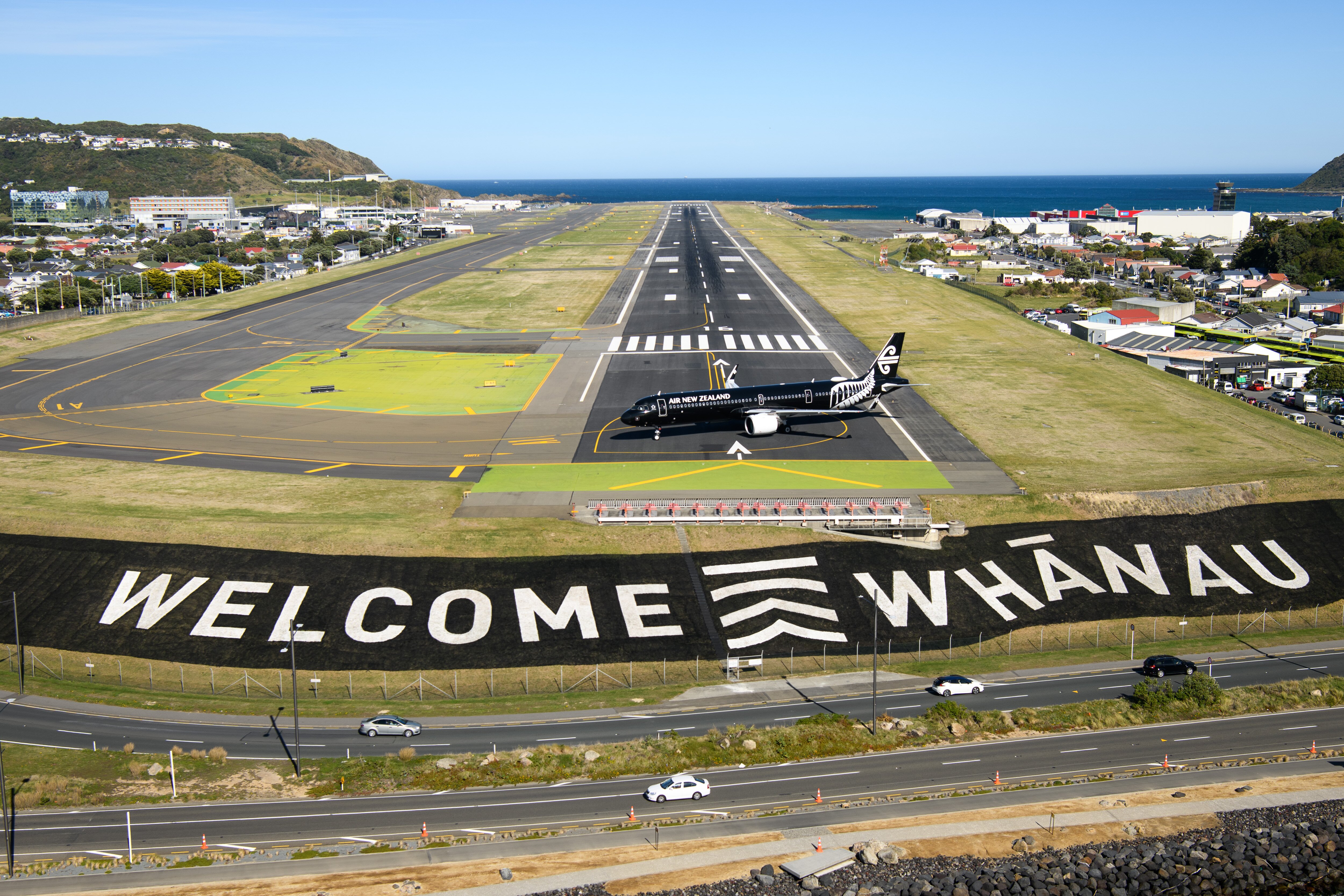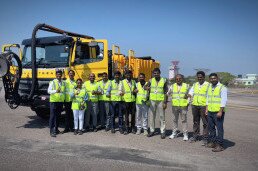
Wellington Airport and Airways confirm support for DMAPS flight paths
- 2024-12-06
Wellington Airport has decided to confirm its support for the flight paths introduced at the request of Airways in December 2022, after careful consideration following a recent public consultation process.
The changes are part of a system called the Divergent Missed Approach Protection System (DMAPS) which was initiated and developed by Airways, New Zealand’s air navigation service provider, and approved by Wellington Airport.

The changes have improved the safety, sustainability and efficiency of aircraft operations from Wellington Airport. In general they have meant fewer departures over Newlands and more over Khandallah and Broadmeadows. Earlier this year the airport asked Airways to develop alternative options for public consultation following feedback from some residents and the installation of noise monitors in 2023. The four options consulted on were:
- Maintaining the current jet flight paths
- Changing the northerly route for jet departures before 7am to fly between Horokiwi and Korokoro
- Changing the northerly route for jet departures to a similar route used before December 2022 over Newlands Ridge
- Any other proposal raised through the engagement process.
Of the options consulted on, the airport’s review has concluded the status quo (Option One) is the most preferable because it is:
The safest
- The most efficient for passengers, airlines and the airport in terms of reduced travel times, fuel use, cost, emissions and flight delays
- Is strongly supported by the aviation industry
- Likely affects the fewest number of people with noise
- Was the most favoured option from our public consultation
Of the four options publicly consulted on, the status quo was the most popular choice as first preference (49.78%), more than twice the level of other options (see table and link below for further information).
Wellington Airport chief executive Matt Clarke says: “Each option has benefits and downsides, but the case for the status quo is very strong. It delivers the best combined safety and efficiency outcomes, was the most favoured option from our consultation process, and likely affects fewer people overall with noise than before December 2022.
“We have listened carefully to all public and industry feedback over the past two years and empathise with all of the sentiments expressed during consultation.
“We understand this will be disappointing for some people. However, the unavoidable challenge for a city like Wellington with an airport relatively close to the CBD is that aircraft must fly over residential areas at times, no matter which flightpath option is preferred.”
Airways Chief Executive James Young says: “As New Zealand’s air navigation service provider, Airways is responsible for delivering air traffic control and infrastructure to ensure all aircraft and passengers in our airspace arrive safely at their destination.
“We welcome Wellington Airport’s decision and look forward to continuing to support Wellington Airport to provide services to and from the nation’s capital. We will consider Wellington Airport’s decision in light of our continued commitment to maintaining and enhancing the safety and efficiency of air travel.”









